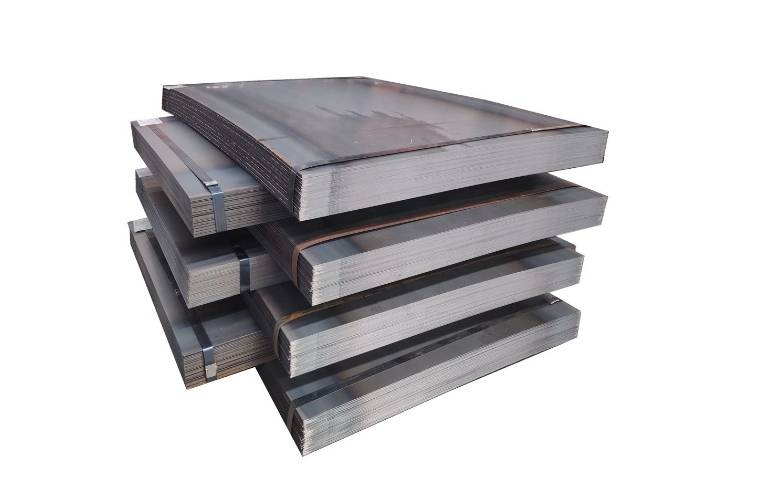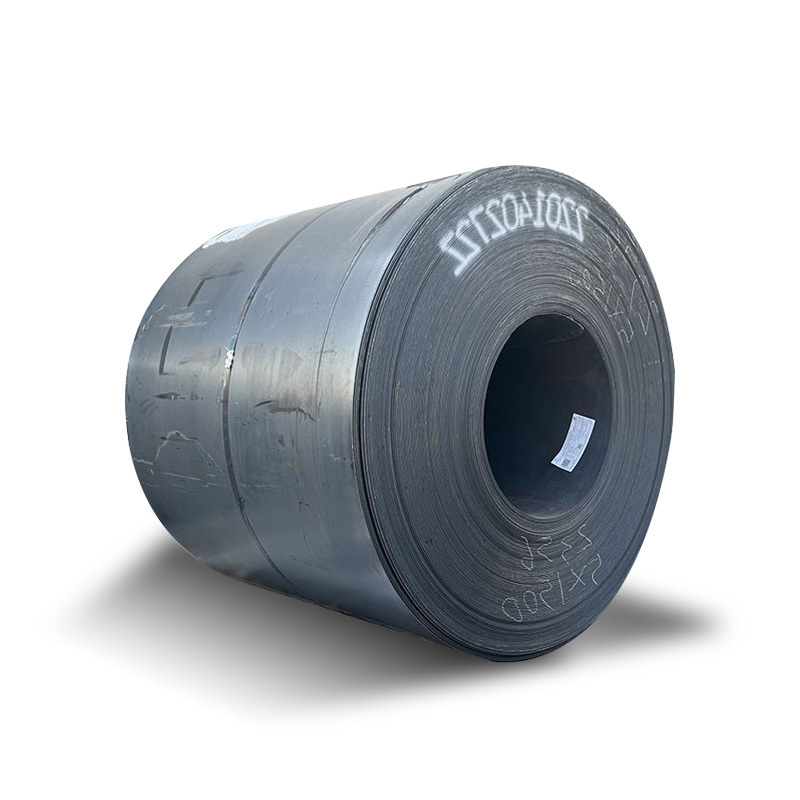When it comes to choosing the right steel plate for your project, 1055 carbon steel plate often stands out. But what makes this material special? Let’s dive deep into its features, applications, and how to handle it effectively.
What is 1055 Carbon Steel Plate?
1055 carbon steel plate is a medium-carbon steel known for its balanced strength and ductility. It contains roughly 0.55% carbon, which enhances hardness without sacrificing too much flexibility. This makes it popular in manufacturing parts that require wear resistance and moderate toughness.
Key Characteristics
- Medium carbon content (~0.55%)
- Good tensile strength (up to 620 MPa)
- Excellent machinability and weldability
- Heat treatable for improved hardness
Why Choose 1055 Carbon Steel Plate Over Other Steels?
Problem: Selecting the Best Steel Plate for Durability and Cost
Many industries struggle to find a steel plate that balances cost, strength, and workability. High-carbon steels offer hardness but are brittle, while low-carbon steels are ductile but weak.
Solution: 1055 Carbon Steel Plate
With its medium carbon content, 1055 carbon steel plate provides a middle ground. It offers better wear resistance than low-carbon steels and is less brittle than high-carbon steels.
| Feature | 1055 Carbon Steel Plate | 1045 Carbon Steel Plate |
|---|---|---|
| Carbon Content (%) | 0.55 | 0.45 |
| Tensile Strength (MPa) | 620 | 570 |
| Hardness (HB) | 170 | 150 |
| Weldability | Moderate | High |
| Cost | Moderate | Lower |
Source: ASM International Handbook, 2022
Case Example
I once worked on a machinery part requiring wear resistance and moderate toughness. Initially, I tried 1045 steel, but it wore out quickly. Switching to 1055 carbon steel plate extended the part’s lifespan by 30%.
Applications of 1055 Carbon Steel Plate
Problem: Finding Steel Suitable for High-Stress Parts
Many components need a material that withstands impact and abrasion.
Solution: Use 1055 Carbon Steel Plate in These Areas
- Automotive parts (gears, shafts)
- Agricultural tools
- Structural components
- Mechanical parts requiring heat treatment
This steel’s ability to be heat-treated enhances its versatility.
How to Properly Heat Treat 1055 Carbon Steel Plate
Problem: Achieving Desired Hardness Without Cracking
Improper heat treatment can cause brittleness or warping.
Step-by-Step Guide:
- Preheat the steel to 550°C to reduce thermal shock.
- Austenitize by heating to 830-860°C for uniform carbon distribution.
- Quench rapidly in oil or water to harden.
- Temper at 200-400°C to reduce brittleness.
- Cool slowly to room temperature.
⚠ Note: Avoid overheating above 900°C to prevent grain growth.
Common Misconceptions About 1055 Carbon Steel Plate
⚠ Attention: Many believe that all medium carbon steels behave the same. However, 1055 carbon steel plate has unique properties due to its carbon content and alloying elements.
- Misconception: It can be welded easily like low-carbon steel.
Reality: Welding requires preheating to avoid cracking. - Misconception: It is as hard as high-carbon steel.
Reality: It offers moderate hardness but better toughness.
Personal Experience: Using 1055 Carbon Steel Plate in Manufacturing
When I first used 1055 carbon steel plate in a custom fabrication project, I noticed its excellent balance between hardness and machinability. The plate cut cleanly on CNC machines and responded well to heat treatment. This made my workflow smoother and improved product quality significantly.
Summary Checklist for Working with 1055 Carbon Steel Plate
- Verify steel grade and carbon content before purchase
- Preheat before welding to prevent cracks
- Follow heat treatment steps precisely
- Avoid overheating during processing
- Use appropriate cutting tools for machining
- Inspect hardness after heat treatment
- Store plates in dry conditions to prevent rust
Conclusion
Choosing 1055 carbon steel plate can solve many dilemmas related to strength, wear resistance, and cost. Its versatility and performance make it a reliable choice for various industrial applications. By following proper handling and heat treatment procedures, you can maximize its benefits and avoid common pitfalls.











